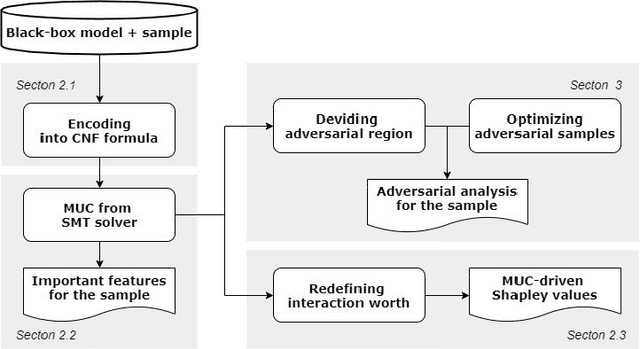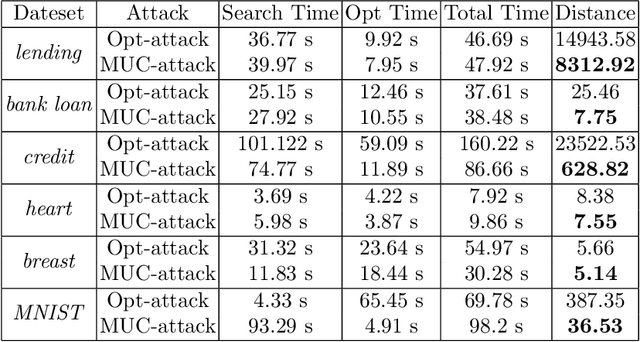Jianqi Shi
OpenECAD: An Efficient Visual Language Model for Computer-Aided Design
Jun 14, 2024Abstract:Computer-aided design (CAD) tools are utilized in the manufacturing industry for modeling everything from cups to spacecraft. These programs are complex to use and typically require years of training and experience to master. Structured and well-constrained 2D sketches and 3D constructions are crucial components of CAD modeling. A well-executed CAD model can be seamlessly integrated into the manufacturing process, thereby enhancing production efficiency. Deep generative models of 3D shapes and 3D object reconstruction models has garnered significant research interest. However, most of these models are represented in discrete forms. Moreover, the few models based on CAD operations often have substantial input restrictions. In this work, we fine-tuned pre-trained models to create OpenECAD (0.55B, 0.89B, and 4.2B), leveraging the visual, logical, coding, and general capabilities of visual language models. OpenECAD can process images of 3D designs as input and generate highly structured 2D sketches and 3D construction commands. These outputs can be directly used with existing CAD tools' APIs to generate project files. To train our network, we created a new CAD dataset. This dataset is based on existing public CAD datasets, with adjustments and augmentations to meet the requirements of ~VLM training.
MUC-driven Feature Importance Measurement and Adversarial Analysis for Random Forest
Feb 25, 2022



Abstract:The broad adoption of Machine Learning (ML) in security-critical fields demands the explainability of the approach. However, the research on understanding ML models, such as Random Forest (RF), is still in its infant stage. In this work, we leverage formal methods and logical reasoning to develop a novel model-specific method for explaining the prediction of RF. Our approach is centered around Minimal Unsatisfiable Cores (MUC) and provides a comprehensive solution for feature importance, covering local and global aspects, and adversarial sample analysis. Experimental results on several datasets illustrate the high quality of our feature importance measurement. We also demonstrate that our adversarial analysis outperforms the state-of-the-art method. Moreover, our method can produce a user-centered report, which helps provide recommendations in real-life applications.
 Add to Chrome
Add to Chrome Add to Firefox
Add to Firefox Add to Edge
Add to Edge